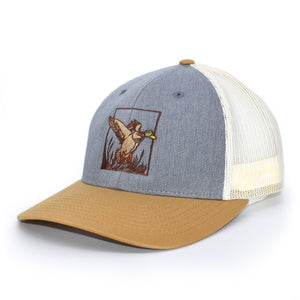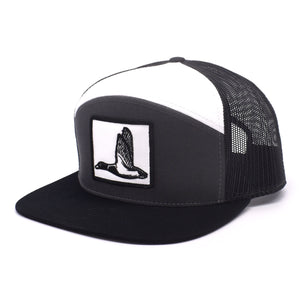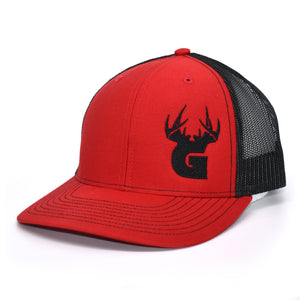Few things are as synonymous with hunting as camouflage. While scent plays a huge role in helping you stay concealed from deer, no one wants to be seen, either. As any hunter who has lost a prize after being spotted in the blind will confirm, matching the shadows around you can mean the difference between bagging a kill and going home empty-handed.
With the range of hunting apparel, patterns and accessories out there to conceal you in diverse environments and conditions, though, it can be tricky figuring out the best camo pattern for each individual outing. Use this camo guide for deer hunters to get a full rundown of the camouflage gear and accessories you need for a stealthy and successful season.
The Keys to Concealment
Wild predators may be able to take down their prey with speed and sheer force, but for humans, that's usually not an option. Instead, we have to rely on our wits to outsmart game and gain tactical advantages on our prey. When hunting deer, the key is to wait, completely undetected, until your target approaches close enough to take an effective shot.
Concealment - and to some extent, comfort - is therefore essential.
How Camouflage Works
While there are plenty of opinions out there about the importance of pattern and color in camouflage hunting clothing, the most critical thing it does is break up your silhouette in the natural environment so you blend in better with the shadows around you. In the woods, a mix of branches, tree trunks, leaves, shrubs and other organic features creates a highly variable backdrop that makes you stand out if you're wearing solid colors.
The right camouflage, on the other hand, offers a visual pattern that blurs where your body ends and the environment begins.
Does Color Matter?
The camouflage color you choose for your outdoors clothing can be a relevant factor when selecting effective deer hunting apparel, but with one important caveat. Studies have shown that deer are colorblind to long-wavelength colors like red and orange, meaning they are unable to distinguish these colors from green. Deer's inability to see red is the reason blaze orange is a safe color for deer hunting clothes - in fact, it's mandatory for safety in most hunting environments.
Deer can distinguish blue from green, however, so you're better off avoiding blues when purchasing deer hunting gear. Light colors are generally discouraged as well, unless your specific hunting environment calls for it.
Managing Movement and Scent
While deer may not be great at recognizing every color, they are particularly sharp when it comes to detecting movement. Even if your silhouette is broken up by a good camouflage pattern, it won't do you much good if you're moving around constantly. Keeping still is crucial while waiting to spot a deer, as is having a comfortable place to sit. Many hunters employ treestands to raise them above a deer's usual plane of vision and get an elevated vantage point where they can sit and patiently wait.
Another major issue that impacts your ability to stay well hidden from game is scent. Deer have very good noses, so hunters rely on a variety of deer scents and scent eliminators to give them a leg up. Special deodorizers, cleaners and scent blockers are designed to mask your scent and make detection by deer more difficult. Other products, like doe and buck urine, are dual purpose -- obscuring your smell and helping to attract nearby game to your location.
Jackets, Coats and Vests
Perhaps the most important defense against cold weather during hunting season is a quality, insulated jacket. From lightweight varieties for milder climates to fleece-lined and windproof options for harsher environments, you'll find plenty of camouflage, jackets and coats that offer varying degrees of insulation, so choose one that's well suited for your climate. If you're heading into the tundra, there are even heated deer hunting jackets that use rechargeable lithium batteries and adjustable pulse-point heating to keep you warm for up to 12 hours at a time. In less hostile areas, camo vest can keep your core warm and store a few extra supplies without restricting your movement or getting too hot.
Headwear
Don't forget that heat escapes through your head, too. camouflage headgear takes care of that problem while topping off your concealment strategy in classic hunter style. Choose a baseball-style cap for sun protection and basic warmth in milder climates, or opt for an insulated beanie or facemask for colder temperatures.
Hunting Boots and Footwear
Any long day spent in nature requires comfortable, purpose-built footwear to keep you going. The right pair of hunting boots should provide you with insulation, protection and support while you're hunting. Go with waterproof boots if you hunt in wet environments, insulation-lined boots for the cold, or extra-cushioned hunting boots if you plan on trekking long distances to stake out your blind. Tall snake boots offer added protection in thick underbrush, while shorter or moccasin-style boots may be appropriate in more open or well-maintained hunting environments. Of course, you should select a pair of boots that features natural colors or your favorite camo pattern to help conceal you from game, head to toe.



















